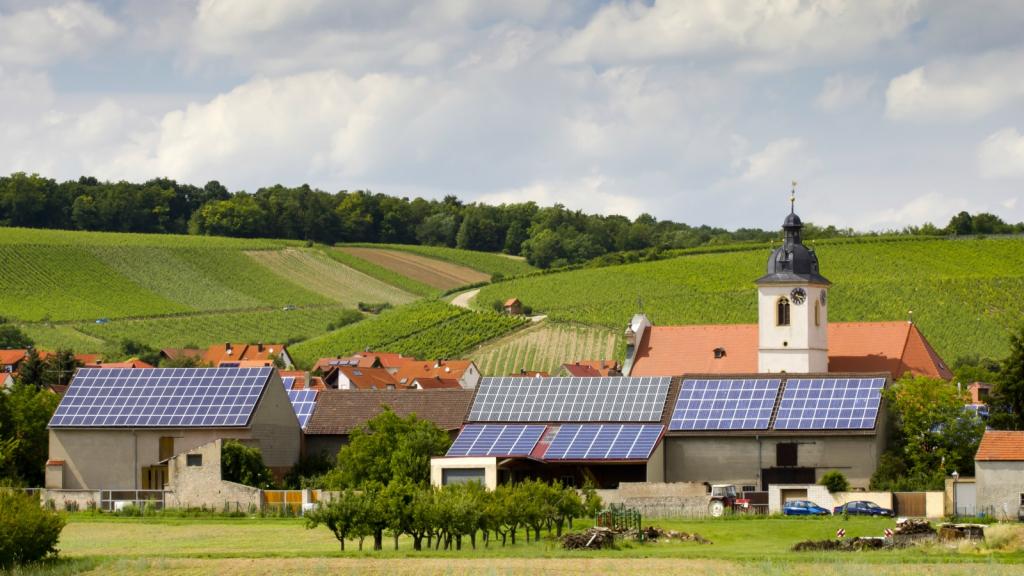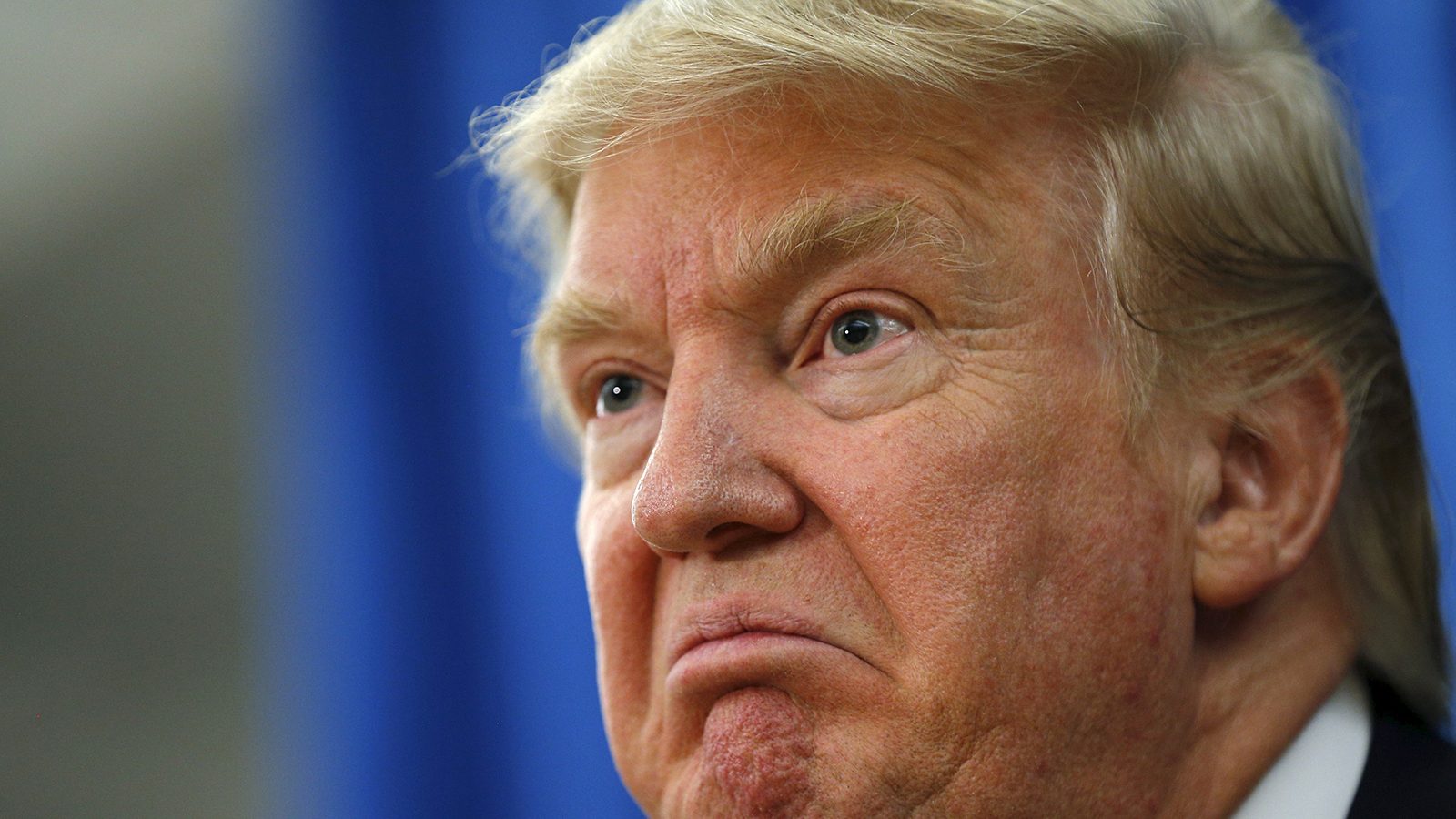In an interview with Reuters on Tuesday, presumptive Republican presidential nominee Donald Trump said he wasn’t a “big fan” of the Paris climate deal, which was negotiated and adopted by some 190 countries late last year. Trump vowed that, as president, he will be “renegotiating those agreements, at a minimum” and “at a maximum I may do something else.” Here’s why that’s not true.
Once it’s ratified, he can’t leave
Now, Trump might try to renegotiate the agreement or leave the pact. But it doesn’t mean he can.
Article 28 of the agreement notes that once enough countries have ratified it — 55 of them representing at least 55 percent of global emissions — they can’t leave the deal for at least four years. The agreement has currently been ratified by 16 countries, and the United States, China, and more are expected to join in the coming months.
It’s a done deal
The Paris Agreement is the result of more than 20 years of diplomatic tug-of-war. It took six years alone to lay the groundwork for Paris after the Copenhagen conference in 2009. “Renegotiating” is not remotely on the table.
Countries are also already working on implementing the deal. This week, negotiators are meeting in Bonn to discuss financing details and the rulebook for going forward. In March, the United States delivered its first $500 million payment to the Green Climate Fund. That money isn’t coming back: Obama has pledged $3 billion to the fund.
The United States got what it wanted
As with the Iran Deal, Trump believes the United States got the short end of the twig in Paris, a “one-sided” agreement that’s “bad for the United States.”
In addition to the Paris deal being a 195-sided agreement, its form and legal nature was crafted by and for the United States so the world didn’t end up with another debacle like the Kyoto Protocol, which the United States never ratified. From a U.S. perspective, the agreement itself is a Cirque du Soleil-level work of coordination. U.S. diplomats negotiated multiple bilateral agreements with top emitters in the run-up to Paris for the sake of getting the biggest players on board. The Obama administration’s aim from the start was to come back from Paris with a deal that squared with U.S. political and economic realities.
Trump can’t change the United Nations
The United Nations is effectively the largest, least-efficient bureaucracy out there, and the U.N. climate arm is no exception. From a purely practical standpoint, to wholly divest the United States from the agreement and these bodies would be a Herculean task — far greater than building a wall.
It would be diplomatic suicide
If he’s intending on spurning the deal, Trump’s best bet is to simply ignore it — but that would open up a gaping credibility problem with the United States’ biggest allies.
When heads of states convened in Paris to offer opening remarks, it was one of the largest groups of world leaders that had ever been in the same room on the same day. Ever. Hate it or love it (and there are certainly valid points of critique), the Paris Agreement is undoubtedly one of the most important documents in the history of international relations. For a man who’s all about making deals, this should be apparent.



